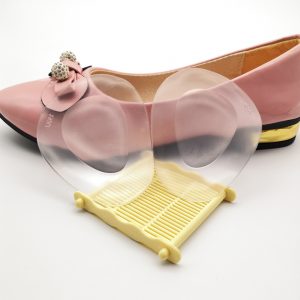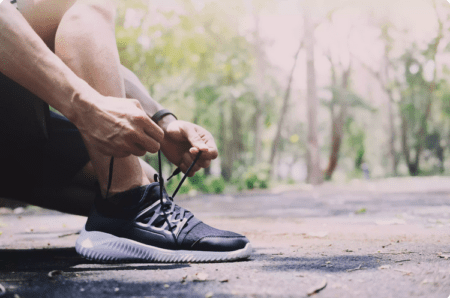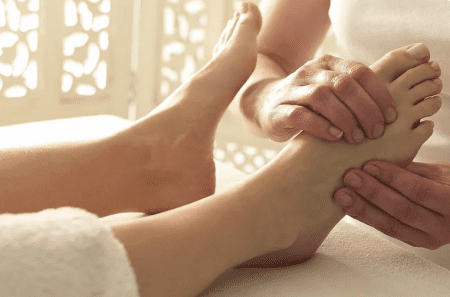Orthotics are an auxiliary device placed inside shoes to improve foot and lower limb problems. Helps correct foot and lower limb posture, relieve foot and lower limb pain and discomfort, and improve gait and posture. Can these seemingly simple insoles really help us improve leg shape? What is the scientific principle behind it? What situations are they suitable for?
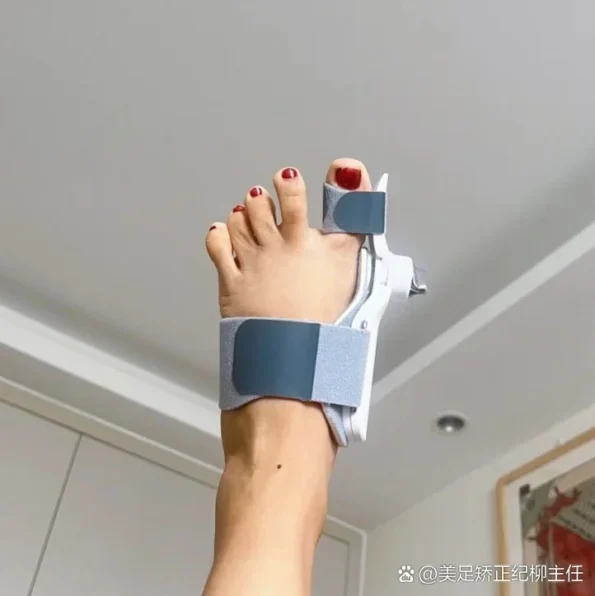

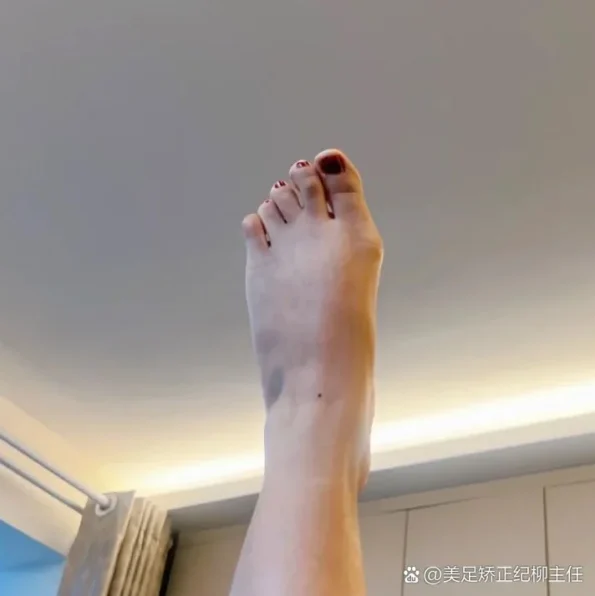

👉 The scientific principle of orthotics
The design of orthotics is based on the principles of human biomechanics and aims to change the distribution of force lines when walking or standing by adjusting the support of the sole of the foot. Specifically, they can:
🔸Support the arch: Provide proper support for low or high arches, restore the natural shape of the foot, and then affect the alignment of the leg bones.
🔸Adjust gait: By changing the force points on the sole of the foot, it guides muscles and bones to move in a more natural pattern, reducing pressure on certain parts, such as the knees and hip joints.
🔸Prevent deformity: For growing children, timely use of corrective insoles can prevent leg deformities caused by bad posture.
👉Are leg-correcting insoles really useful?
Under certain conditions, leg-correcting insoles are indeed useful. They have positive significance for the correction and prevention of children’s bone development problems and the auxiliary treatment of adult foot diseases. However, it must be clear that insoles are not omnipotent, their effects are restricted by many factors, and they are not suitable for all types of leg problems.
👉The effect of leg-correcting insoles varies from person to person, mainly depending on the following factors:
🔹Age: Children have relatively obvious effects due to incomplete bone development; adults have more limited effects.
🔹Problem type: For mild flat feet, X-shaped legs or O-shaped legs, insoles may bring a certain degree of improvement. However, severe bone deformities may require surgery or other professional treatments.
🔹Time and method of use: Continuous and correct use of insoles is the key to ensuring the effect.
👉What are the indications for leg-correcting insoles?
🔸Childhood bone development problems: such as flat feet, calf valgus, etc., early intervention is more effective.
🔸Adult foot diseases: such as plantar fasciitis, Achilles tendonitis, etc., orthopedic insoles can be used as an auxiliary treatment to relieve pain and promote recovery.
🔸Prevent sports injuries: For specific sports enthusiasts, corrective insoles can reduce the risk of joint injuries caused by improper gait.
As one of the tools to assist in improving body shape, leg-correcting insoles have a certain scientific nature. However, everyone’s physical condition is unique, so be sure to consult a professional doctor or rehabilitation therapist before using them. If you are worried about the shape of your legs, you might as well start by understanding your body and looking for the solution that suits you best.


